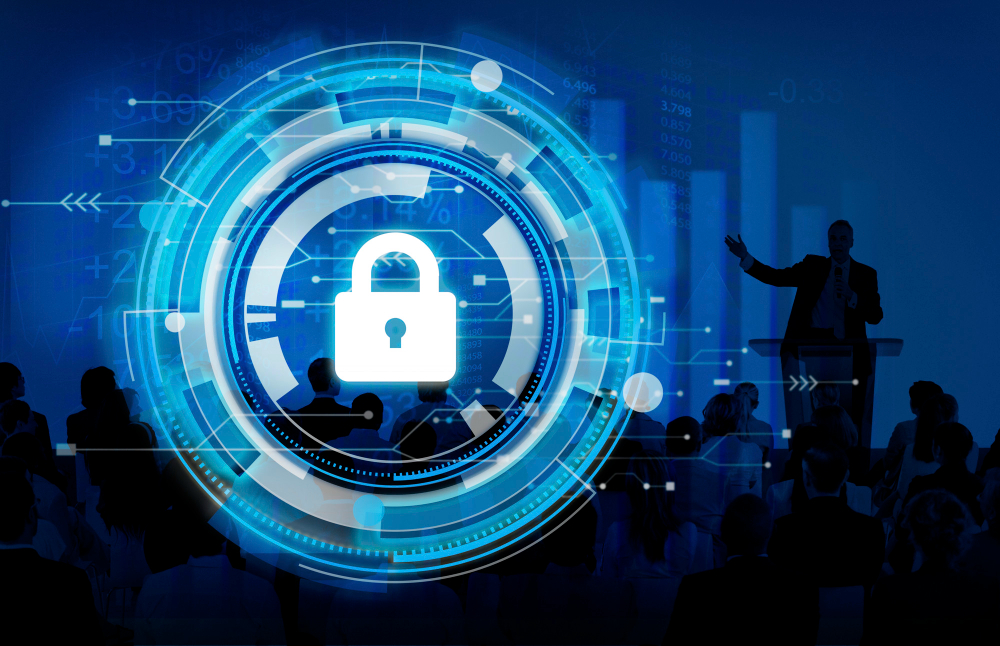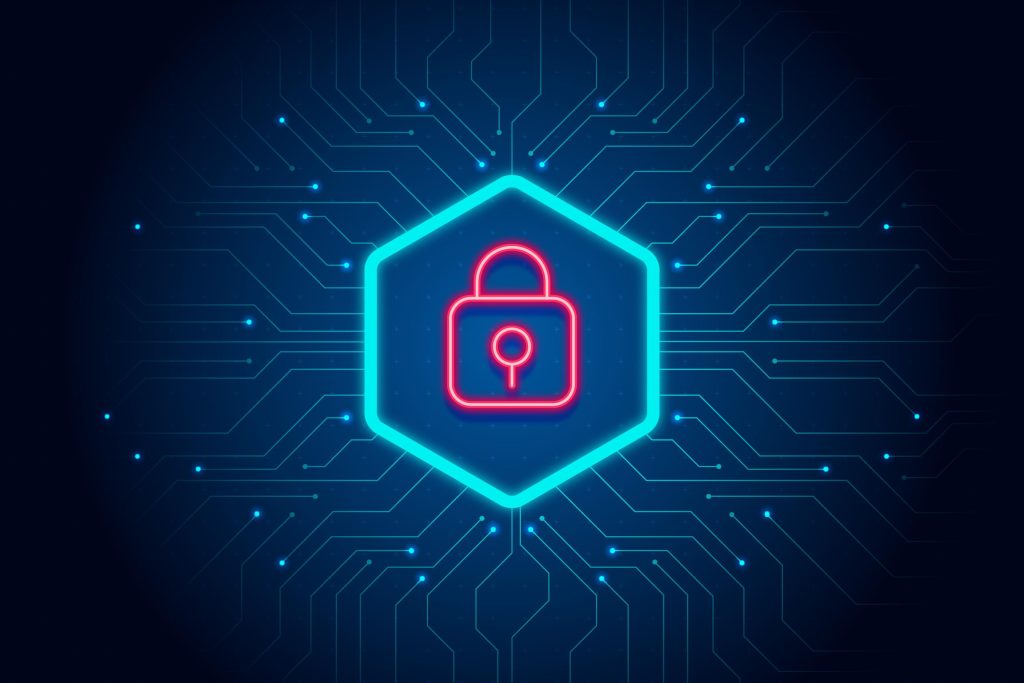9 Best Cyber Security Practices for 2024

Cyber Security Practices: Cultivating Security Awareness In 2024
Another year is coming to a close, and cybersecurity has become more important than ever. It is high time we protect our organization’s or individual’s computer systems, networks, and programs from possible cyberattacks.

What is Cybersecurity?
Cybersecurity, digital security or information technology security is the protection of computer systems and networks from attacks by malicious actors that may result in unauthorized.
Why Cybersecurity is important?
Cybersecurity is essential for protecting all types of data from theft, loss, and corruption. It can lower the risk of data breaches, financial losses and reputational damage.
In 2023, AI has emerged as a innovative technology in many levels. Organizations are looking for new ways to include AI in every sector. There is also many threat factors connected to this field that has not even discovered. So we are in an era of discovery of great or not so great things.
Cyber Security Practices for 2024
Here are some best practices for organizations to consider as part of their cybersecurity strategy.
- Adoption of Passwordless Authentication: No more password creation, memorization, and storage. It will reduce the reliance on traditional passwords. Methods like passkeys, biometrics, hardware tokens, or public-key cryptography will replace the passwords.
- Train Employees to Thwart Hackers: Employees should aware of the threats that exist, so that they will be properly equipped to fight them. It is essential to train employees to defense cyber attacks.
- Update and Enforce Security Policies: Security policies must be updated regularly and employees need to be trained to comply with each policy update. Establish zero- trust architecture in your organization which continuously validates at every stage of a digital interaction with data.
- Maintain Positive and Negative Approach to AI: Organizations will use AI with a dual perspective. Using AI for defense while simultaneously remaining vigilant about potential threats driven by AI.
- More Regulations for Connected and IoT devices: More comprehensive frameworks are needed to address the increased use and development of connected devices and threats caused by them. Increased regulatory scrutiny will be implemented in the case of these connected devices.
- Collaborate with the IT Department to Prevent Attacks: Work along with your IT team so that they can prevent these risks and threats from happening.
- Conduct Regular Cybersecurity Audits: These audits give a comprehensive analysis and review of your IT infrastructure. It detects vulnerabilities and threats. It also helps in keeping up with compliance and legal requirements.
- Limit Access to Sensitive Information: Control access to security passwords and highly classified information.
- Monitor Third-party Users and Applications: Third-party users with access to your organization’s systems and applications have the ability to steal your data. Always monitor user activity, restrict access to sensitive information, and providing one-time passwords will help to avoid cyber security breaches.
Conclusion
Cybersecurity is an ever-developing field and stay up-to-date with the latest trends and threats. Stay informed to ensure your organization is prepared for potential threats.
Better Software Starts With Best Security. Keep that in mind. Organizations must ensure that security practices happen in real-time as software engineers are developing source code. Cyber-attacks have become more common and frequent than ever before. So let’s help you build a better cyber security strategy.